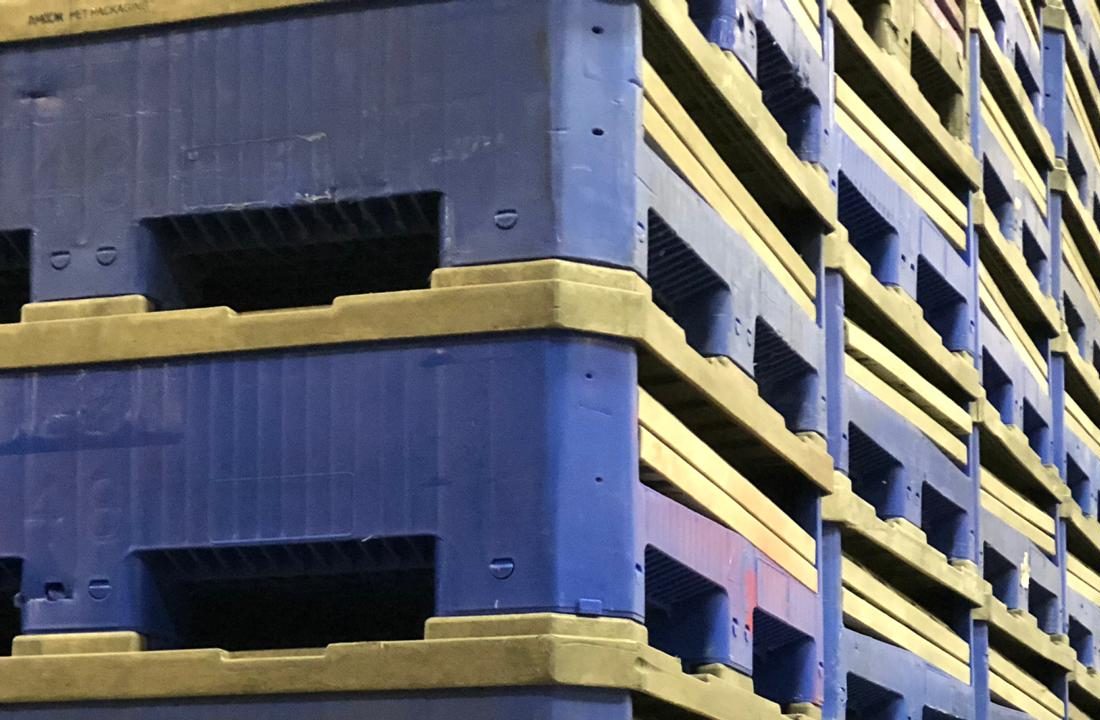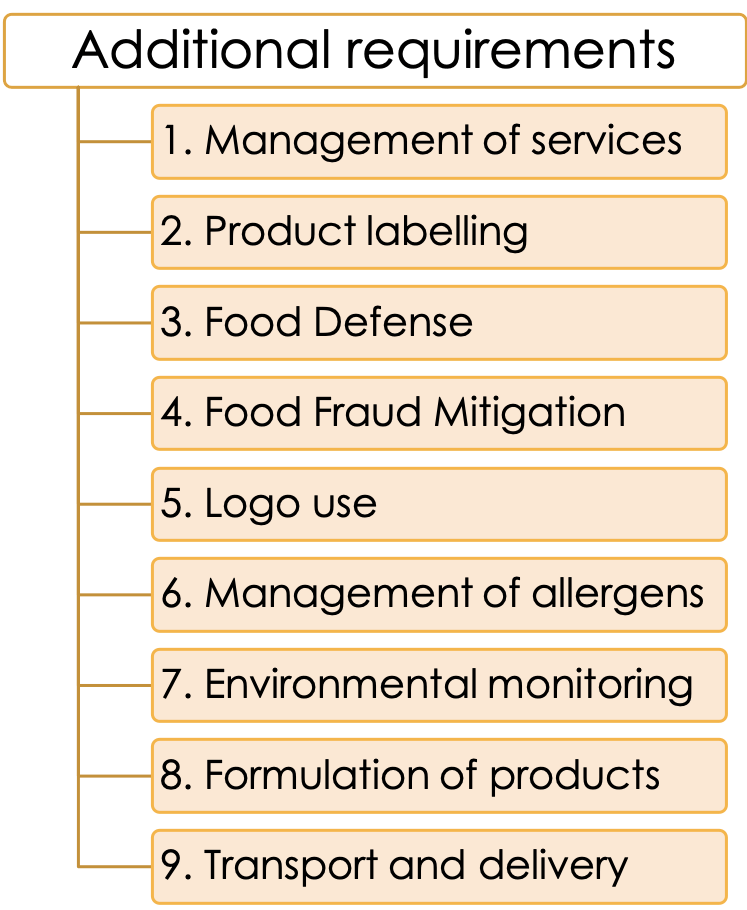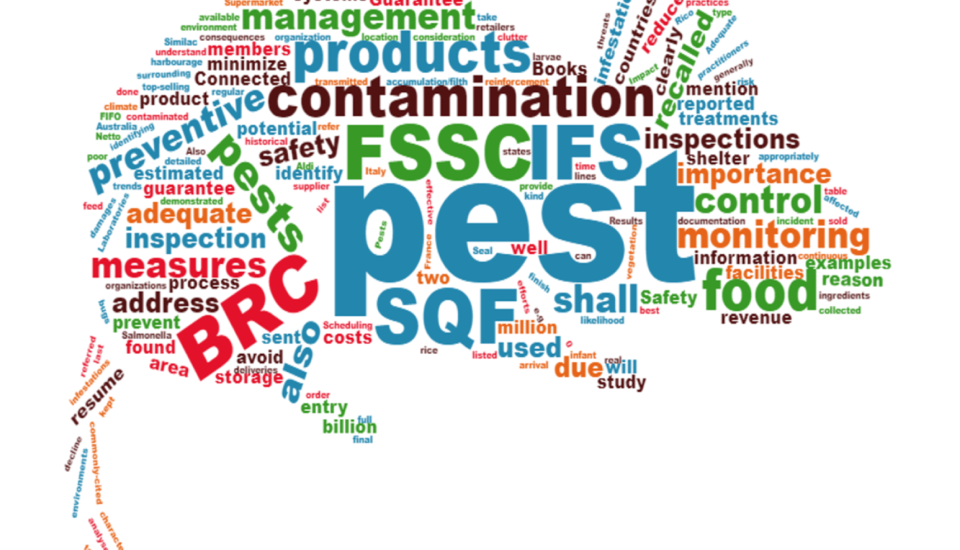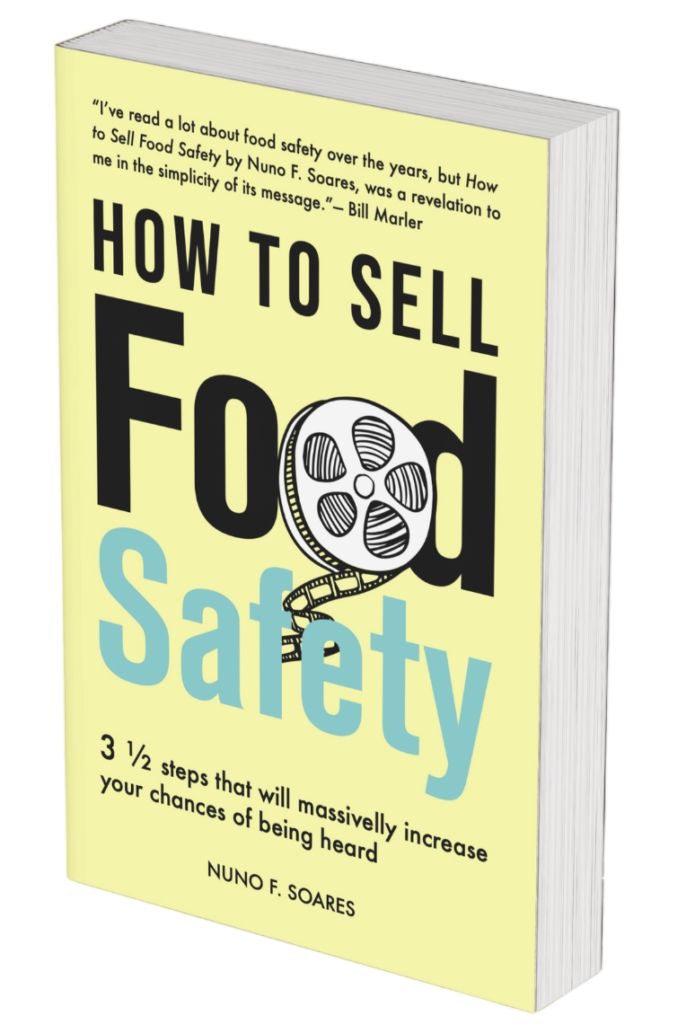
As anticipated, at the end of May this year, the new version of FSSC 22000 was released. It is still very fresh for everyone so I would like to take this opportunity to share with you a brief presentation summarizing its changes and updates. Later this year in October, I will provide deeper insights, diagrams and some tools to use for implementation, when I release a new e-book following last year’s ISO 22000 Explained in 25 Diagrams!
ISO 22000 updated its food safety management system in June 2018 and consequently an updated FSSC 22000 was compulsory. FSSC 22000 Version 5 rolled out with more changes than the simple adoption of 2018’s ISO 22000 version. FSSC 22000 Version 5 scheme presents immediately on introduction that there were five factors for initiating the update.










